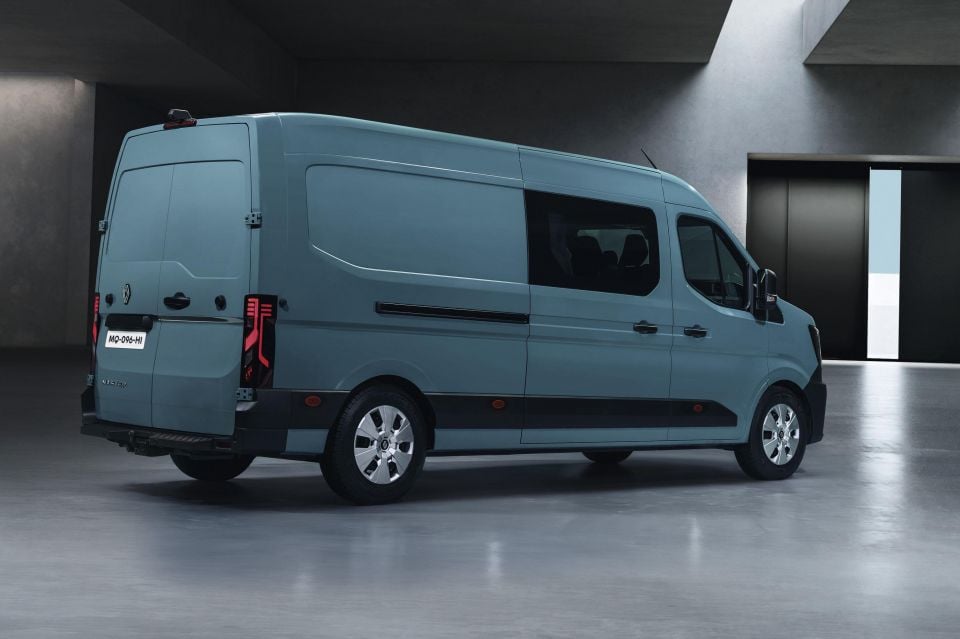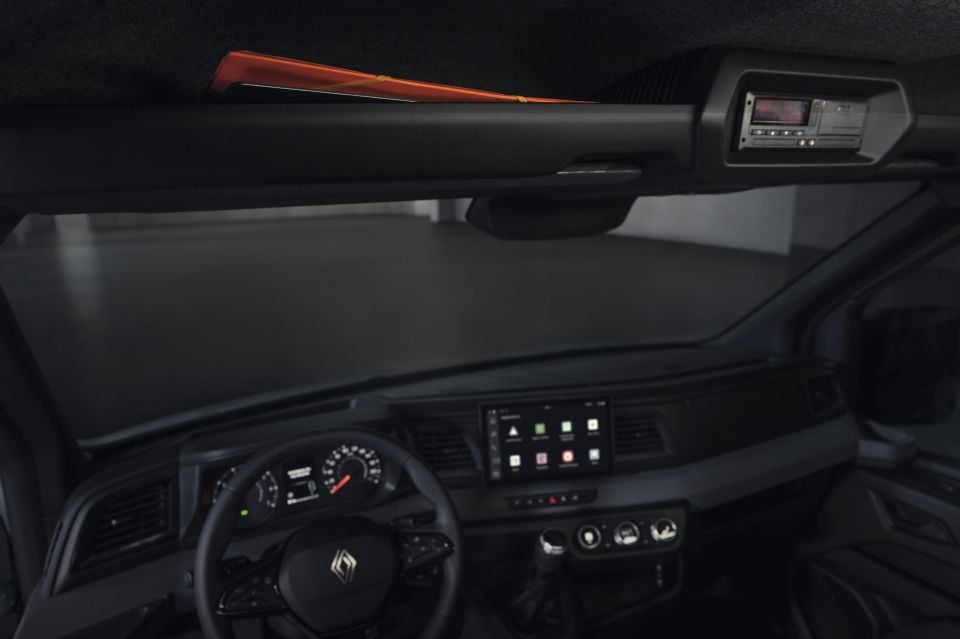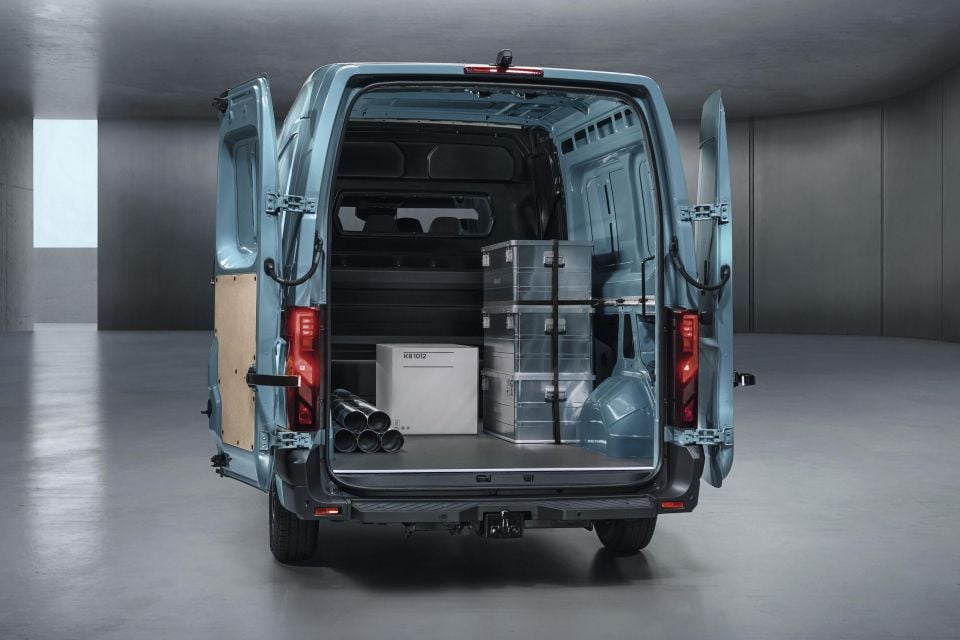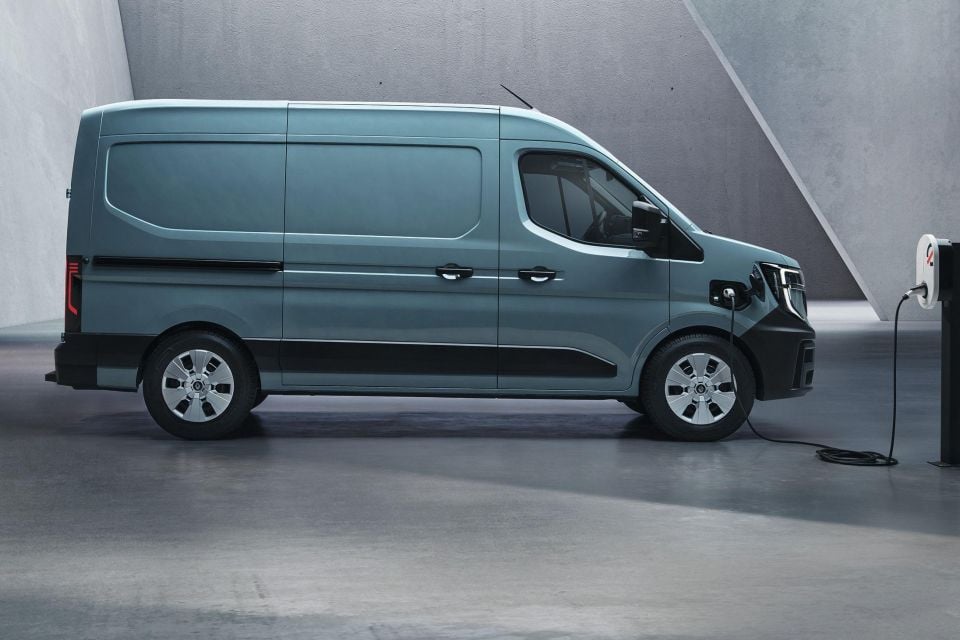

Max Davies
How Audi, BMW, Honda, Mercedes-Benz, and Suzuki started out in Australia, and where they are now
15 Hours Ago

Journalist
The fourth-generation Renault Master promises a more spacious and efficient body, a wider selection of drivetrains, and a more car-like cabin experience.
The van has made its debut in France overnight, and will go on sale across Europe during the second quarter of 2024 with a selection of diesel and electric drivetrains.
Like previous generations it will be built in Batilly, France for all markets except Latin America, which will likely source its vans from Brazil.
“We certainly have our hands up for the new Master – it has been in the market locally for 20 years and sold consistently well during that time – but it’s too early to confirm specifics,” said a spokesperson for Renault Australia.
“With such a success story, we will stay with the current Master for as long as production allows. Australians have shown in the current environment they want practicality, usability and style all wrapped up in a value for money package.”
In Europe the diesel engine is available in four states of tune: 78kW, 97kW, 112kW, and 127kW. They can be paired with either a manual transmission, or a new nine-speed automatic.
Renault hasn’t revealed the van’s full fuel economy numbers, but says they consume 1.5L/100km less on average than their third-generation counterparts.

There are also two electric drivetrains to choose from. The first pairs an 96kW/300Nm electric motor with a 40kWh battery for a WLTP driving range of 180km, while the more expensive version has a 105kW/300Nm electric motor and a 87kWh battery for an WLTP range of over 410km and a consumption rate of 21kWh/100km.
The all-electric Master variants support DC fast charging up to 130kW, and AC charging up to 22kW. Master EV models also have app connectivity, allowing owners to remotely monitor range, find charging stations, schedule charging, set pre-heating times, and gain access to chargers.
Renault says it will also offer the Master with a hydrogen-burning engine, and a hydrogen fuel cell setup “in [the] future”.
According to Renault, the Master’s S-shaped dashboard not only looks pleasingly modern, but its shallow design maximises cabin space.

Dark upholstery is standard, as is a tilt-and-reach adjustable steering wheel taken from Renault’s passenger car range. Vans equipped with an automatic transmission have a shifter attached to the steering wheel.
For vans with a three-row bench, the middle seat folds down and transforms into an on-the-go desk, and there’s a storage drawer under that seat large enough for most laptops.
With compartments around the dashboard, side cupholders, drawers in the glove box, a slot in the cabin ceiling, and two-tier storage in the doors, Renault claims there’s a total of 135 litres of storage space in the cabin.
A 10.0-inch touchscreen running the OpenR Link infotainment system is standard on all Master models. It includes wireless Android Auto and Apple CarPlay smartphone mirroring, a multitude of USB-C ports, and free over-the-air software updates for five years.


More upscale variants have the same screen, but the operating system is upgraded to include built-in Google apps, including maps, and voice recognition assistant, and the Play Store where you can download supported software.
In Europe the Master will be available in 20 body “silhouettes” with cargo space ranging from 11 to 22 cubic metres. There will also be 20 conversion bases available from the factory to allow third-party workshops to easily add features, such as tippers, or expand the cabin or load area.
Compared to the outgoing model, the fourth-generation Master has a shorter wheelbase for improved manoeuvrability, and a 1.5m shorter turning circle. Interior load length is increased by 100mm, while the sliding side door reveals a 40mm wider aperture.


There are three lengths: L2, the shortest, is front-wheel drive; L3 is available in both front- and rear-wheel drive; and L4 is rear-wheel drive only.
Seven standard colours will be available, but there will be at least 300 paint options available for order.
Despite its bluff front end, complete with C-shaped LED headlights and a large grille with Renault’s latest logo, the new Master is said to be 20 per cent more aerodynamic than the current model. It’s also claimed to be more aerodynamically efficient than any of its rivals, although no numbers have been issued to back up this claim.
Aero features include a shorter bonnet, more steeply raked windscreen, refashioned intakes and mirrors, and a narrower rear.
Where expert car reviews meet expert car buying – CarExpert gives you trusted advice, personalised service and real savings on your next new car.
Derek Fung would love to tell you about his multiple degrees, but he's too busy writing up some news right now. In his spare time Derek loves chasing automotive rabbits down the hole. Based in New York, New York, Derek loves to travel and is very much a window not an aisle person.


Max Davies
15 Hours Ago


William Stopford
15 Hours Ago


Derek Fung
15 Hours Ago


Max Davies
23 Hours Ago


William Stopford
2 Days Ago


Ben Zachariah
2 Days Ago